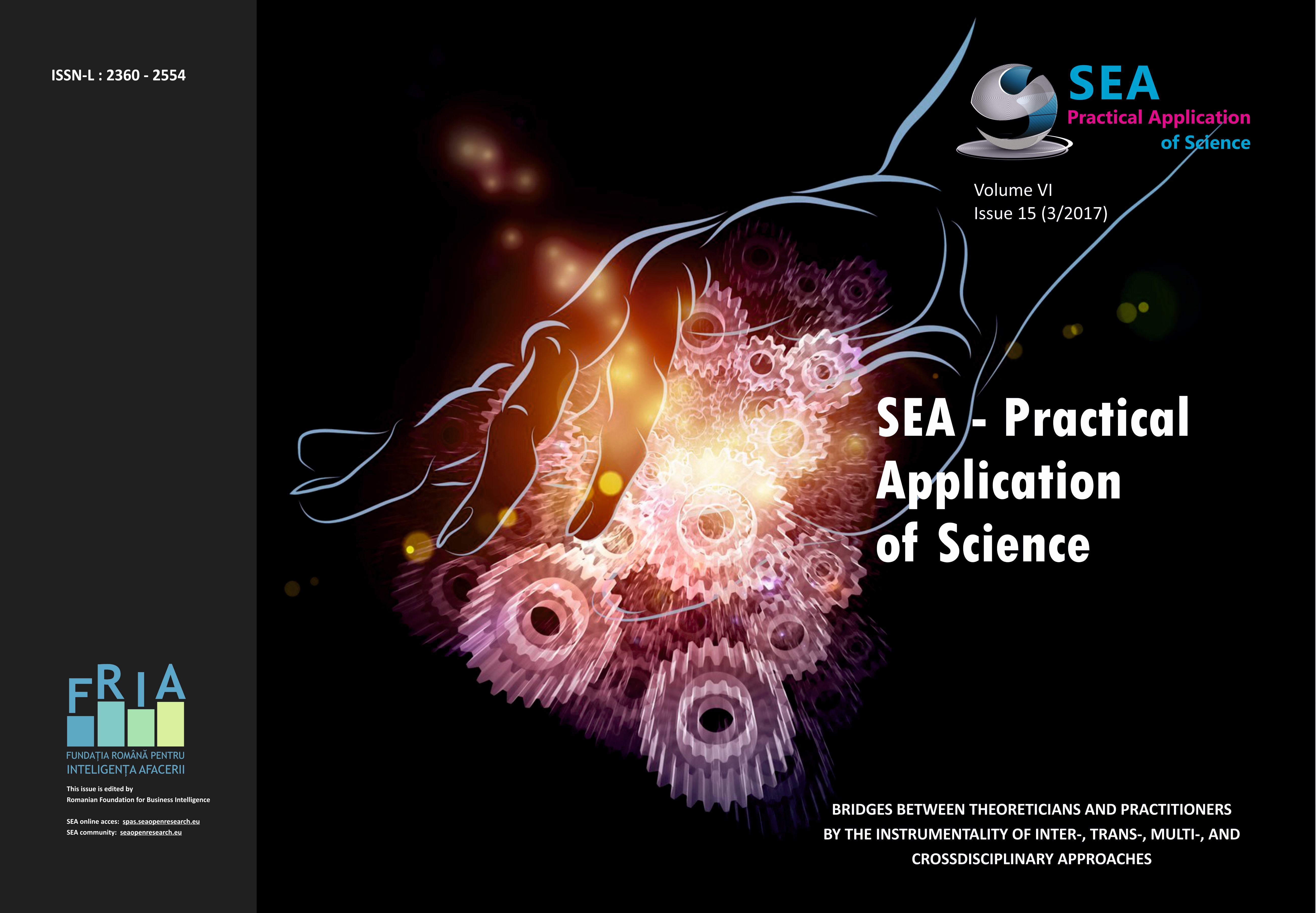Clinical and Epidemiological Aspects in Coarctation of the Aorta in Children
Clinical and Epidemiological Aspects in Coarctation of the Aorta in Children
Author(s): Alina-Costina Luca, Oana-Emma HorhotaSubject(s): Health and medicine and law, Demography and human biology
Published by: Fundatia Română pentru Inteligenta Afacerii
Keywords: Coarcation of aorta; Epidemiology; Diagnosis; Congenital Heart Malformations;
Summary/Abstract: Coarctation of the aorta is the fifth as frequency among congenital heart defects, representing 6-8% of all of them. The incidence of coarctation of the aorta is 1: 2,500 births. It is a more commonly encountered pathology in males with a ratio between male and female sex of 2: 1 Patients have different clinical aspects depending on the age at which they are diagnosed. Newborns are most commonly found with heart failure and cardiogenic shock, and large children and adolescents address the pediatrician due to symptoms of headache, epistaxis, lower limb pain, fatigue. To diagnose coarctation of the aorta it is important to measure blood pressure in the upper and lower limbs, and to find a difference of 20 mmHg between them. Pulse is weaker or even absent in the femoral artery whereas in the brachial artery and radial pulse is strong.
Journal: SEA – Practical Application of Science
- Issue Year: V/2017
- Issue No: 15
- Page Range: 483-486
- Page Count: 4
- Language: English

